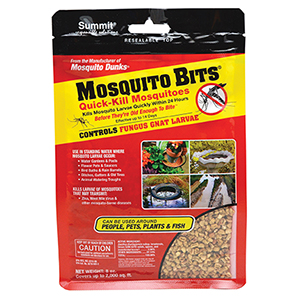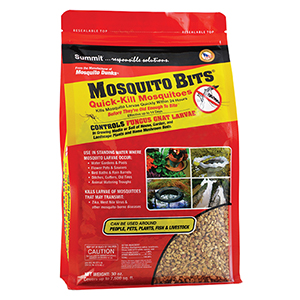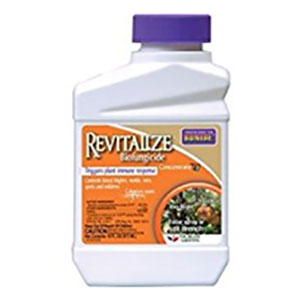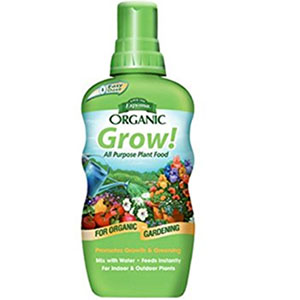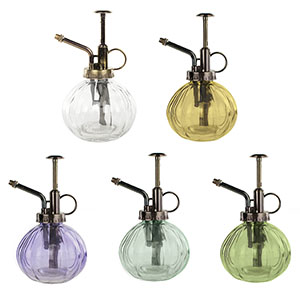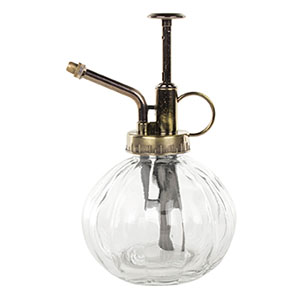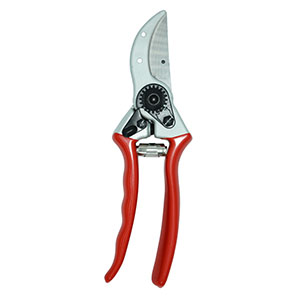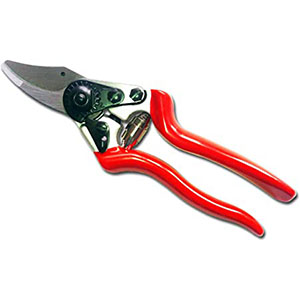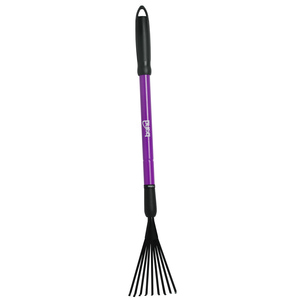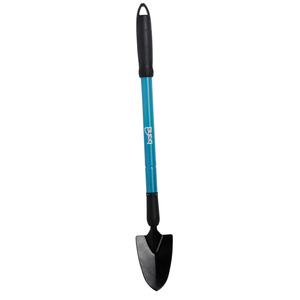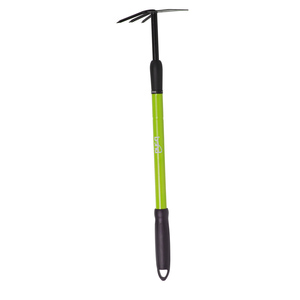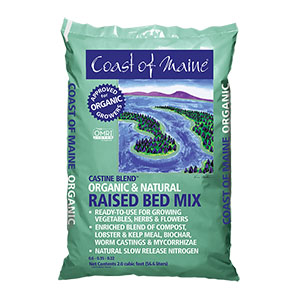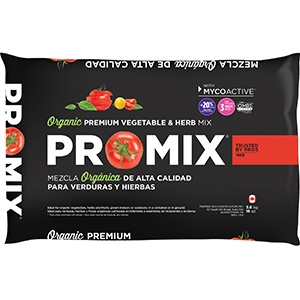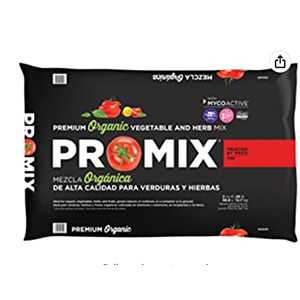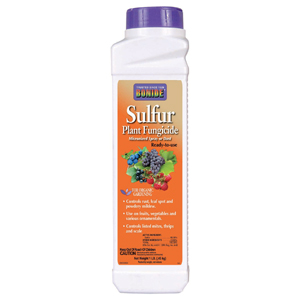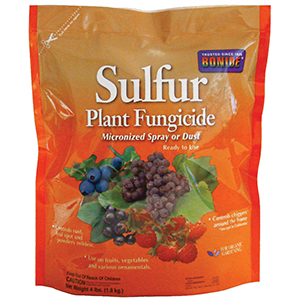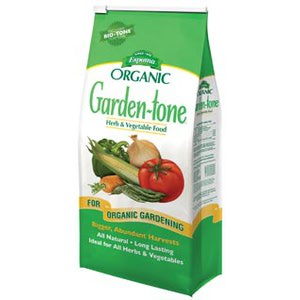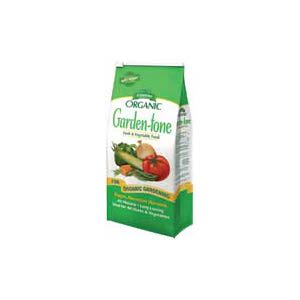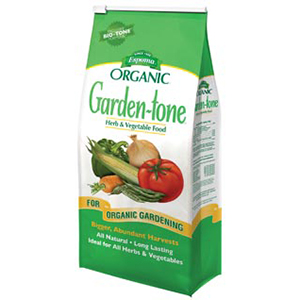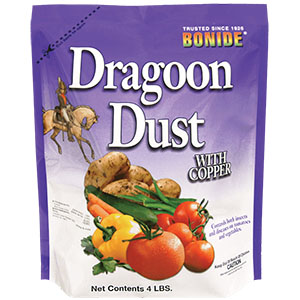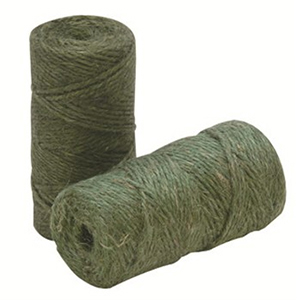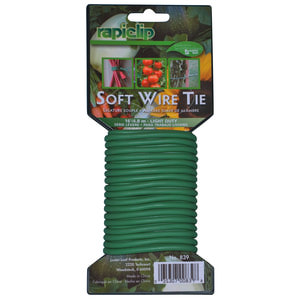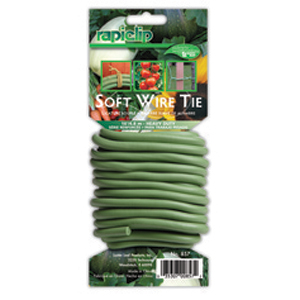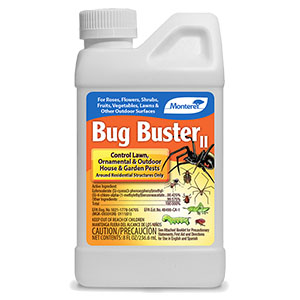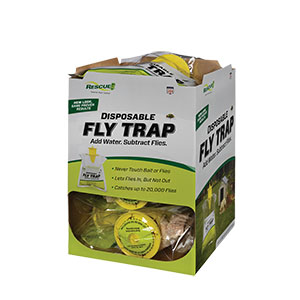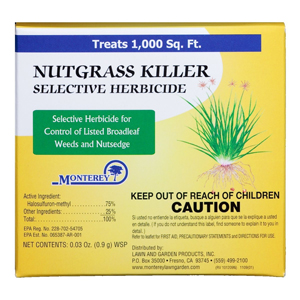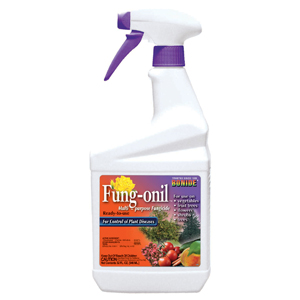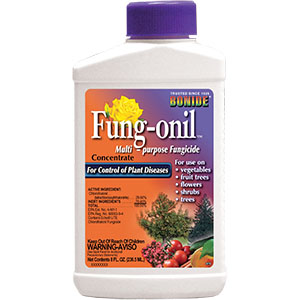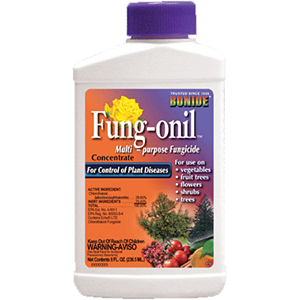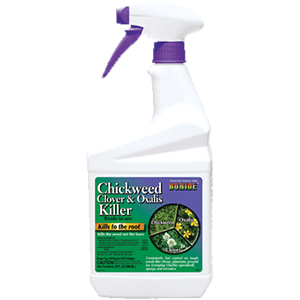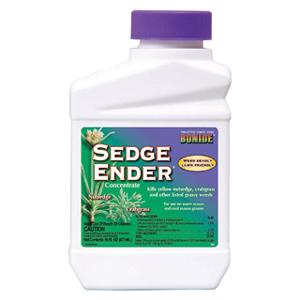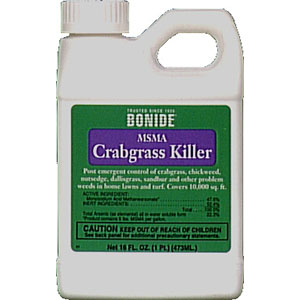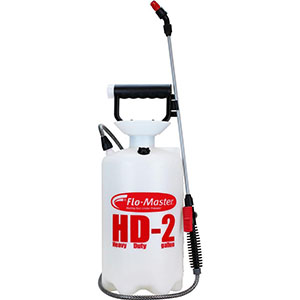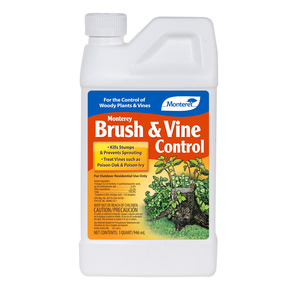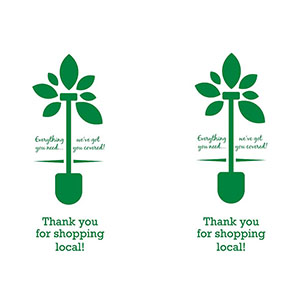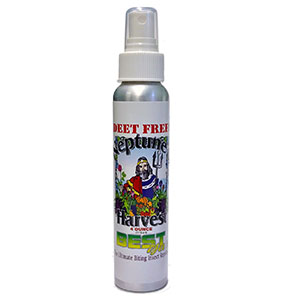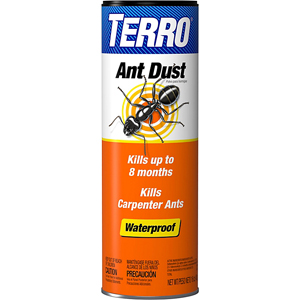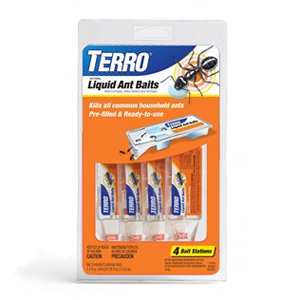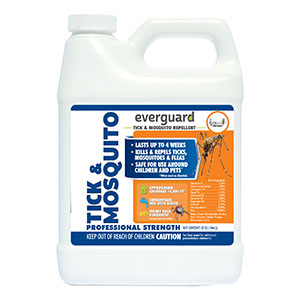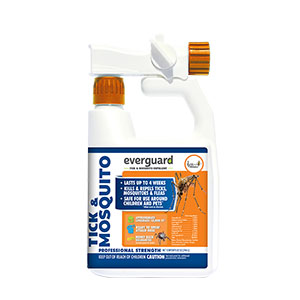With temperatures finally falling and leaves are beginning to turn, there are many gardeners who have potted houseplants outside that consumers bring indoors for the winter months. Sounds easy enough, correct? However, there are some possible obstacles to defend against prior to transporting inside. Here are some seasonal tips to make these tasks successful.
Quick Inspection
Take a minute to visually look over the plant condition. Is the soil dry to the touch? Too wet? You might need to adjust the the moisture level needed for your plant. This can be done by either repotting the plant into a larger container or pot if too dry. Root bound plants tend to dry out quickly and water doesn’t necessarily absorb completely when soil is repeatedly dry.
Insects
Check the undersides of leaves for insects like spider mite, aphid, mealybug, and scale. Some of these insects are treatable with specific chemistry. If the plant is under siege by insect at this point, it is harder to control indoors. Covering the pot with a plastic bag allows you to spray the underside of the plant with a stream of water from a garden spray nozzle to loosen insect eggs and remaining bugs from the plant. If additional treatment is needed, spray your plant outdoors with a suitable houseplant insect control and make sure the plant is completely dry before bringing the plant indoors.
Disease
If you see disease on your plant leaves, take the time to carefully remove infected leaves and clean the pot of any debris remaining on the surface. Spraying with a general-purpose disease control that works both as a preventative and a curative can make a difference for the weeks ahead as the plant acclimates itself to new conditions. Bonide Revitalize and Monterey Complete Disease Control offers a high-quality remedy for just about any disease condition.
Soil
One of the most important components for indoor houseplants is the type of potting soil you might use. You will not need to have a moisture control additive for indoor plants. Your all-purpose potting soil should allow adequate draining. Plant saucers are recommended for indoors. If transplanting a pot bound plant, soak the entire plant ball in a vessel of water to hydrate. Remove from water and allow to stand and drain. Loosen the root mass carefully around the edge. It is not recommended to remove more than 25% of the plant ball at any time. Root systems are delicate and breaking apart roots indiscriminately will reduce their water intake and possibly kill your plant. Moisten the pot after replanting to hydrate new potting soil. No fertilizer application is needed at this time. If you want added protection from fungus gnats, apply Summit Mosquito Bits to the soil surface.
Final Steps
About 30 days after transplanting, you may select a fertilizer that is made for indoor houseplants. Bonide, Espoma, and Schultz make excellent products for indoor use. Check humidity levels regularly, as once your heater goes on, moisture in the air evaporates quickly. Some plants need filtered or direct sunlight to continue growth throughout the winter months. Carefully choose a place away from a heating vent, drafty doorways or windows. You may also supplement your lighting with an indoor light fixture, indoor rated plant light bulb, and timer. If this is too much work for you, start over with some new green. It’s going to be a long winter.
Quick Inspection
Take a minute to visually look over the plant condition. Is the soil dry to the touch? Too wet? You might need to adjust the the moisture level needed for your plant. This can be done by either repotting the plant into a larger container or pot if too dry. Root bound plants tend to dry out quickly and water doesn’t necessarily absorb completely when soil is repeatedly dry.
Insects
Check the undersides of leaves for insects like spider mite, aphid, mealybug, and scale. Some of these insects are treatable with specific chemistry. If the plant is under siege by insect at this point, it is harder to control indoors. Covering the pot with a plastic bag allows you to spray the underside of the plant with a stream of water from a garden spray nozzle to loosen insect eggs and remaining bugs from the plant. If additional treatment is needed, spray your plant outdoors with a suitable houseplant insect control and make sure the plant is completely dry before bringing the plant indoors.
Disease
If you see disease on your plant leaves, take the time to carefully remove infected leaves and clean the pot of any debris remaining on the surface. Spraying with a general-purpose disease control that works both as a preventative and a curative can make a difference for the weeks ahead as the plant acclimates itself to new conditions. Bonide Revitalize and Monterey Complete Disease Control offers a high-quality remedy for just about any disease condition.
Soil
One of the most important components for indoor houseplants is the type of potting soil you might use. You will not need to have a moisture control additive for indoor plants. Your all-purpose potting soil should allow adequate draining. Plant saucers are recommended for indoors. If transplanting a pot bound plant, soak the entire plant ball in a vessel of water to hydrate. Remove from water and allow to stand and drain. Loosen the root mass carefully around the edge. It is not recommended to remove more than 25% of the plant ball at any time. Root systems are delicate and breaking apart roots indiscriminately will reduce their water intake and possibly kill your plant. Moisten the pot after replanting to hydrate new potting soil. No fertilizer application is needed at this time. If you want added protection from fungus gnats, apply Summit Mosquito Bits to the soil surface.
Final Steps
About 30 days after transplanting, you may select a fertilizer that is made for indoor houseplants. Bonide, Espoma, and Schultz make excellent products for indoor use. Check humidity levels regularly, as once your heater goes on, moisture in the air evaporates quickly. Some plants need filtered or direct sunlight to continue growth throughout the winter months. Carefully choose a place away from a heating vent, drafty doorways or windows. You may also supplement your lighting with an indoor light fixture, indoor rated plant light bulb, and timer. If this is too much work for you, start over with some new green. It’s going to be a long winter.


